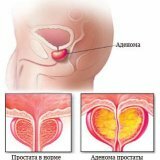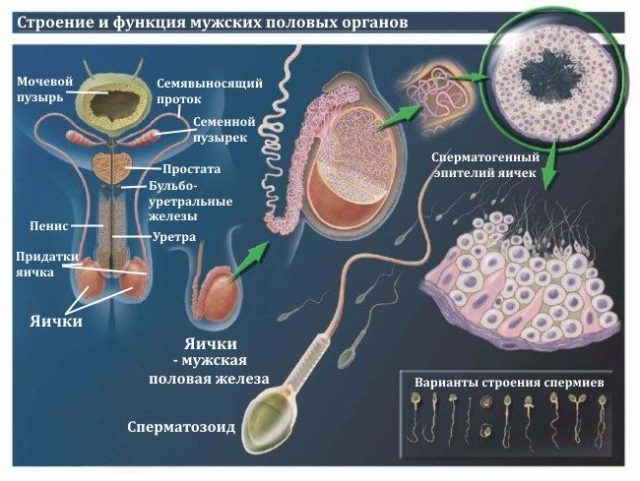Hyperplasia of the prostate: etiology, pathogenesis, treatment

This disease among men over 50 years of age is the first in terms of prevalence, because it occurs in 50% of men in this age group. Hyperplasia of the prostate: etiology, pathogenesis, the treatment of which is described below, in 80 year old men occurs in 90%.
Hyperplasia: etiology( causes).
The main cause of this male ailment is age-related hormonal changes. With age, the metabolism of testosterone( testosterone is a male sex hormone) is disrupted, and the older a man becomes, the more it is disrupted and as a result, the level of estrogen in the blood increases( estrogen is a female sex hormone).In the prostate, the activity of these hormones plays an important role.
Hyperplasia of the prostate gland, this is a disease that does not occur suddenly, but develops gradually, as the accumulation process takes place, which lasts for dozens of years. First, microscopic nodules are formed, then they gradually increase to substantial sizes, and then symptoms appear. Nevertheless, to detect the disease at an early stage, until symptoms appear, it is probably enough to make ultrasound of the prostate. Timely detection and treatment of the disease increases the chances of a favorable prognosis.
Hyperplasia: pathogenesis( symptoms and clinic).
Symptoms of this disease are divided into three stages:
Stage one.
A man notices a weak stream when urinating. The process of urination while it is difficult, but the man feels a strong urge to urinate, which is especially felt at night.
Stage two.
A man observes a very thin, sluggish stream with urination. In addition, after the completion of the process there is a feeling of an incomplete act of urination, there is no urine, but there is a feeling. This feeling can be explained as follows: because of prostatic hyperplasia, the bladder can not completely empty, because of what the urine retention occurs, and as a result, a violation of renal function.
Stage three.
The third stage is considered the most complex degree of prostatic hyperplasia, because paradoxical ishuria begins to develop. With paradoxical ishuria, the bladder is filled, and there is no urge to urinate, as there is no muscle tone. All this leads to the fact that the urinary tract begins to expand, because of which urine begins to drip continuously from the urethra.
In most cases, prostatic hyperplasia is accompanied by chronic inflammation of the prostate. The exacerbation of the disease falls on autumn and spring, at which time the chronic prostatitis worsens.
Single occurrence of prostatic hyperplasia is practically not found. Most often, along with prostatic hyperplasia, complications appear, for example, urolithiasis, cystitis. And also prostatitis, hematuria, orchoepidymitis, pyelonephritis, chronic renal failure, urethritis, hydronephrosis, chronic urinary retention. Of course, timely treatment in the early stages of the disease is best, therefore, men who have reached the age of 50 are advised, for the prevention of at least once a year to visit a specialist, which will help to identify and begin treatment of the disease at an early stage.
In the early stages of prostatic hyperplasia, it is treated with a medicamentous method using plant extracts.
The second and third degree of the disease is treated by a surgical method, which is selected individually, based on the course of the disease and the characteristics of the body.
Hyperplasia: treatment.
- Open prostatectomy is performed by removing the tumor, mainly through a cut made on the bladder. This method is used for a large mass of hyperplasia and residual urine, the amount of which exceeds 150 ml. It is also used for a number of complications. The postoperative stage is quite difficult.
- Transurethral resection of the prostate itself. Most often, prostatic hyperplasia is treated with this method. This method consists in the introduction through the urethra of a special resectoscope - a cystoscope and to open the way out of the urine gently cut part of the prostate.
- Transurethral needle ablation. Such treatment of prostatic hyperplasia is as follows: special urine channels into the prostate are introduced into the prostate, destroying the tumor tissue.
- Transurethral electrovaporization is due to the fact that a special roller electrode carefully evaporates part of the prostate, which is located next to the urethra.
- Transurethral electroencephalus. This method is mainly assigned to relatively young men who have sexual activity. And this method is in the dissection of the prostate by means of an electrode for five, seven and twelve hours( depends on the conditioned dial).



